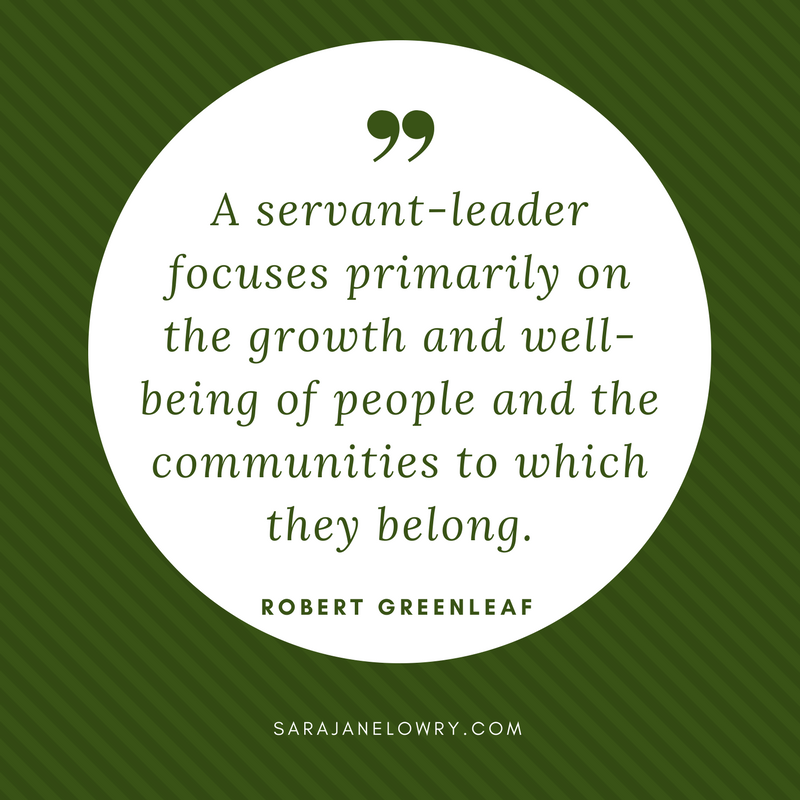
Welcome to a space where healing is the focus, and resilience is celebrated. Trauma recovery is a unique journey for everyone. If you’re reading this, please know that you’re not alone. Let’s explore some insights, practical tips, and encouragement to support you on your path to healing.
Understanding Trauma:
Trauma manifests in various forms and impacts individuals differently. It’s crucial to recognize that healing is a process that takes time. Some individuals may have experienced multiple types of traumatic experiences, and researchers have termed this cumulative trauma. Whether you’ve experienced a single traumatic event or chronic stress, acknowledging your feelings and seeking support are essential first steps.
- Validate Your Emotions:
- It’s okay to feel a range of emotions, and your feelings are valid. Give yourself the grace to experience and process these emotions without judgment. Pay special attention to feelings of shame. Trauma that provokes PTSD (and Complex PTSD) is well known to cause deeply rooted feelings of shame that foster over time and damage your self-image in such a way that no other emotion can. In cases of shame, it’s especially important to develop strategies to encompass self-compassion.
- The Healing Power of Connection:
- Reach out to friends, family, or support groups. Sharing your experience can foster a sense of connection, reducing feelings of isolation. Through relationships, trauma survivors can learn to feel safe, trust others, learn new ways of relating to people and develop self-compassion1.
Healing Foundations: Coping Strategies

Recovery involves adopting healthy coping mechanisms to navigate the challenges that may arise. Here are some practical tips:
- Mindfulness and Grounding Techniques:
- Explore mindfulness exercises and grounding techniques to anchor yourself in the present moment. Planting your feet on the floor/ground, deep breathing, guided imagery, or other simple grounding exercises can be incredibly helpful on the path to healing and resilience.
- Self-Care Rituals:
- Prioritize self-care as an essential part of your healing journey. Establish daily rituals that promote relaxation and bring you comfort, whether it’s a warm bath, gentle exercise, or spending time in nature.
- Seeking Professional Help:
- Consider reaching out to mental health professionals specializing in trauma. Therapy can provide a safe space to explore your experiences and develop coping strategies tailored to your needs.
Celebrating Resilience in Your Healing:
- Small Wins Matter:
- Celebrate your achievements, no matter how small. Recognize the progress you’ve made and the strength it took to get to where you are today. Resilience is a continuum, sometimes moment to moment.
- Creating a Supportive Environment:
- Surround yourself with people who uplift and support you. Building a strong support system can make a significant difference in your healing process.
- Setting Boundaries:
- Learn to set healthy boundaries that prioritize your well-being and adhere to your own moral compass. Communicate your needs to others and give yourself the space to heal at your own pace.
Moving Forward:
- Embracing Growth:
- Trauma recovery is not just about overcoming pain; it’s also about growth. Embrace the opportunity for personal development and rediscovery.
- Patience and Persistence:
- Healing is a journey, not a destination. Be patient with yourself and recognize that progress may come in waves. Consistent effort and persistence will pave the way for lasting transformation.
Conclusion:
Remember, healing is possible, and you have the strength within you to navigate this journey. Embrace the support around you, explore different coping strategies, and celebrate your resilience. Together, we move forward, step by step, toward a brighter and more empowered future. You are not alone, and your healing matters.
- Van der Kolk B (2014) The Body Keeps the Score: Mind, Brain and Body in the Transformation of Trauma. Penguin Books. [Google Scholar] ↩︎













